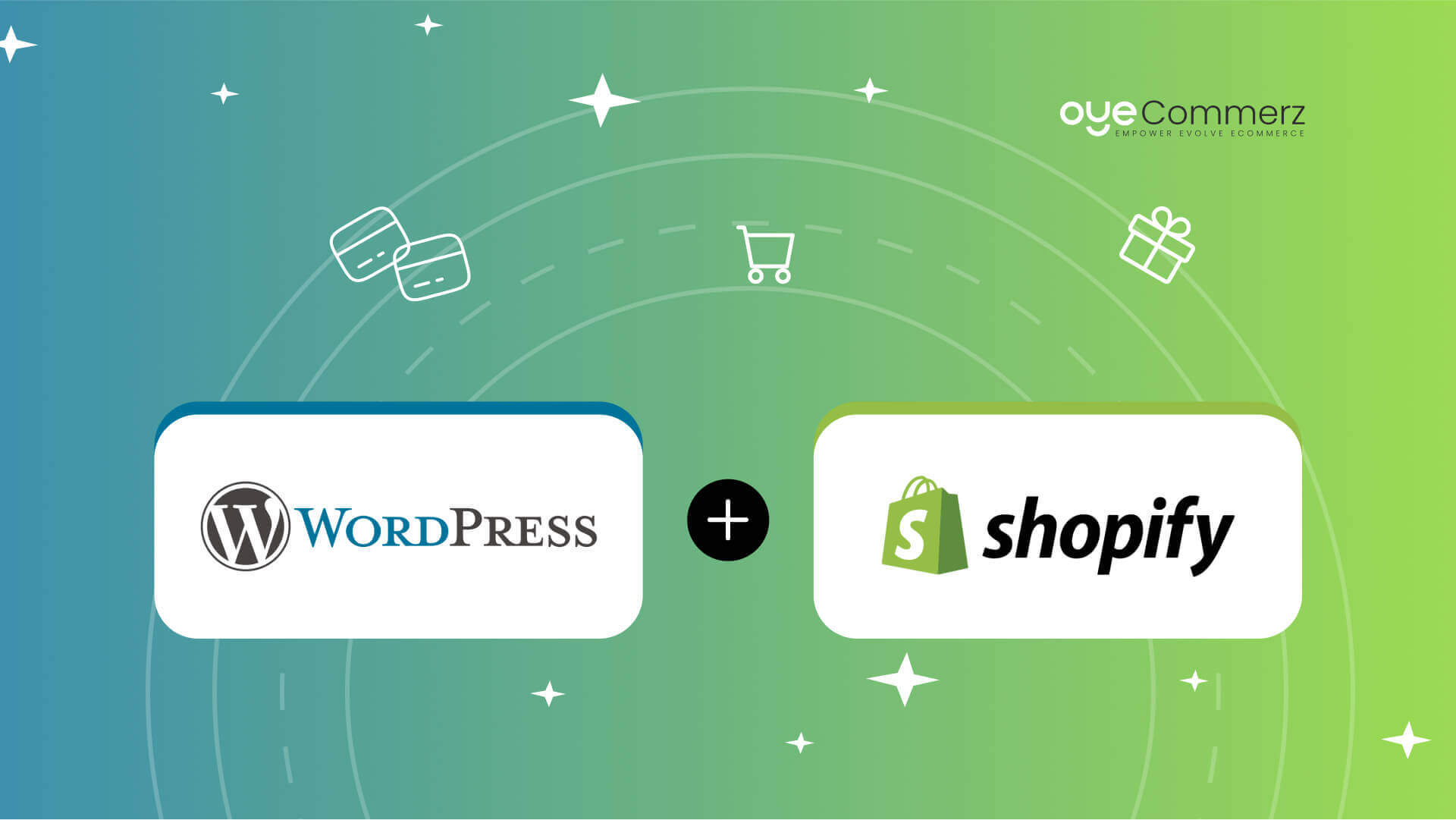Shifting from WP to Shopify is an promising step toward optimizing your e-commerce operations. As companies expand, choosing a solution that aligns with growth potential, user experience, and customization is essential. Shopify has emerged as a favorite for online merchants, providing superior adaptability, security, and user-friendliness. In this guide, we’ll explore the transformative impact of this migration, highlight the advantages, and share actionable steps to facilitate a seamless transition.
1. Why Migrate from WordPress to Shopify?
WordPress, paired with WooCommerce, has served countless e-commerce platforms. However, as businesses scale, issues like plugin dependency, security vulnerabilities, and complex setups often obstruct growth. Shopify, specifically created for e-commerce, eliminates these issues with an comprehensive, user-friendly solution. Statistics supports this shift—Shopify hosts over 4.4 million websites globally, with a documented 10% increase in sales performance for many businesses after migration.
2. Shopify's Perks for Thriving Online Stores
Shopify’s robust ecosystem is tailored for scaling businesses. Its notable benefits are:
- Effortless Design Flexibility: Shopify provides over 80 professionally designed themes.
- Built-in Features: Capabilities such as Shopify Payments and integrated SEO save time and effort.
- Global Reach: Currency versatility and regional customization enable brands to expand internationally.
Additionally, Shopify delivers an availability percentage of 99.98%, guaranteeing your store is always operational.
3. Getting Ready for Your WP-to-Shopify Transition
Prior to starting the migration process, evaluate your existing setup. Analyze inventory details, customer details, and search engine rankings. Tools like Shopify’s Migration Kit or external tools can simplify this process. Create a comprehensive plan, ensuring all resources—item details, media files, and articles—are ready for seamless import.
4. Data Migration: A Product data migration Critical Step
Data migration is a cornerstone of a smooth transition. When moving from WordPress to Shopify, focus on:
- Inventory Details: SKU, descriptions, and categories.
- Customer Data: Emails, purchase records, and custom fields.
- Search Engine Considerations: Preserve meta tags, URLs, and forwarding paths to avoid SEO losses.
Use tools such as LitExtension to streamline data transfer while reducing mistakes.
5. Customizing Your Shopify Store
After the move, customizing your Shopify store ensures it reflects your brand. Take advantage of Shopify’s intuitive page builder to create layouts with ease. Shopify's themes are optimized for all devices, providing a seamless UX across platforms—a critical factor, given 74% of online shopping comes from mobile users.
6. Maintaining SEO During Migration
Search engine optimization is crucial for maintaining your visibility during migration. Shopify excels in SEO with organized link formatting, preloaded features, and smooth content management. Make sure you:
- Set up URL forwarding for existing links.
- Optimize new pages with targeted phrases.
- Leverage plugins like Plug in SEO to monitor performance after the switch.
7. Post-Migration Testing
Once the migration is complete, conduct thorough testing.
Check: - Website speed (Shopify delivers faster speeds in contrast with WP).
- Functionality of payment gateways and checkout processes.
- Adaptability across devices.
Quality assurance guarantees your store provides a seamless shopping experience from the start.
8. Case Study of a Successful Migration
An example of effective platform switching is Gymshark, a sportswear company that moved to Shopify. Post-migration, the company experienced a 60% boost in mobile sales and reduced site downtime. This highlights the potential of Shopify in driving e-commerce growth.
9. Overcoming Common Migration Issues
Migration is not without obstacles, such as data integrity and reconfiguring custom functionalities. However, Shopify’s robust support and external professionals simplify the process. Partnering with experienced Shopify developers helps guarantee a trouble-free transition.
10. Starting Your Journey with Shopify
Migrating from WordPress to Shopify represents a forward-thinking decision to e-commerce. By addressing scalability, streamlining operations, and enhancing the customer experience, Shopify empowers businesses to thrive in competitive markets.
Final Thoughts
Switching from WordPress to Shopify offers a smart solution that can greatly enhance your e-commerce success. With a robust migration plan, the appropriate resources, and professional guidance, you can achieve new growth opportunities.
Ready to make Smooth transition to Shopify the leap? Let’s discuss how our Shopify migration services can revolutionize your online store. Contact us now, or ask yourself: Is it time to seize Shopify’s advantages for your store?
